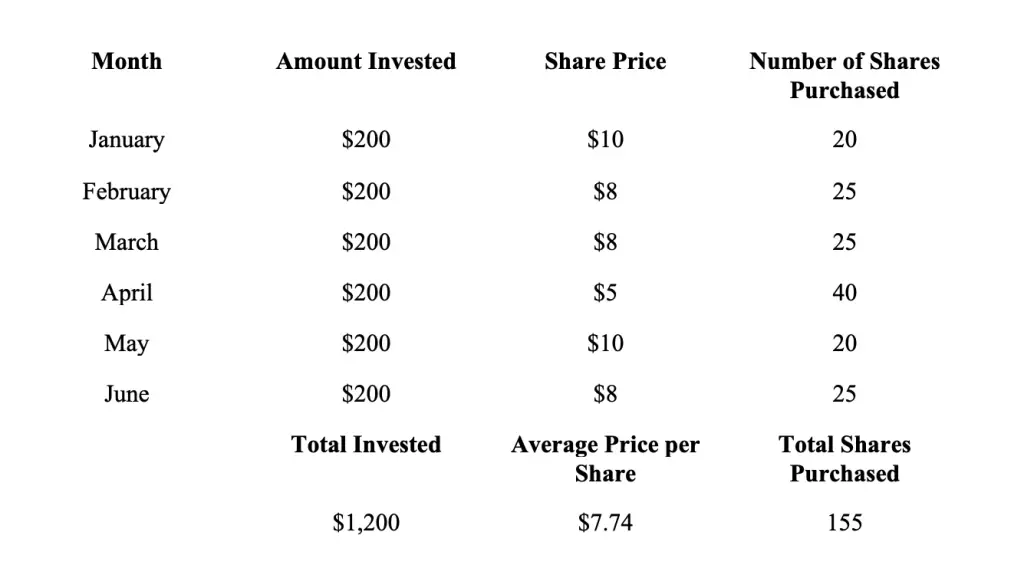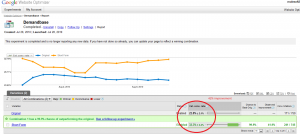3 key investing tips for early-career professionals
Young professionals who set up good investing habits can experience lifelong benefits. Here are the investing behaviors you should adopt early on.
The first full paycheck you receive as a newly minted adult often feels like the best kind of grownup independence—even if it does occasionally prompt you to dance around and sing with adolescent excitement. But the heady enjoyment of an adult-level salary—dining out, weekend getaways, wardrobe upgrades—can make it hard to remember the importance of planning for future needs.
That’s why young professionals should adopt consistent investing behaviors early, before they’re facing tough financial choices. That way, the habit of investing in your future becomes second nature.
Here are three important investing behaviors that will set young professionals up for success.
Pay Yourself First–Via Automation
If you plan to save or invest whatever money is left after paying your bills, you’re likely to never set any money aside at all. Setting money aside before it starts burning a hole in your bank account means you will actually follow through with paying yourself—rather than letting months of good intentions go by.
But paying yourself first doesn’t come naturally to most of us, which is why young professionals should set up recurring automated investments. It’s much easier to make a single decision to set money aside than make repeated decisions about your finances with every pay cycle. An automatic investment that coincides with each direct deposit of your salary means you’ll never miss the invested money.
Adopting this habit early, even if you can only afford a small automated investment each month, will ensure that you’re always paying yourself first without having to think about it.
Embrace Dollar-Cost Averaging
Dollar-cost averaging is an investment strategy where you invest the same amount of money into an asset at regular intervals, ignoring the fluctuations of the market. By embracing this strategy, you are not only committing to a regular investment discipline, but you are also managing your investment risk.
Here’s how: The goal with most investments is to buy low and sell high. The problem is that it’s impossible to know exactly when prices are low or high, so you may second-guess yourself about when to buy and when to sell. Additionally, even if you’re pretty sure an asset is at a low price, you may not have money available to invest when the iron is hot.
With dollar-cost averaging, you are purchasing the same dollar amount of the investment at regular intervals, so you don’t have to worry about timing—and since you make a purchase of the same dollar amount each time, you purchase fewer shares when prices are high and more shares when they are low, lowering the average price over time.
For example, let’s say you invest $200 every month. Here’s how that would affect your average share price over six months:

| Month | Amount Invested | Share Price | Number of Shares Purchased |
| January | $200 | $10 | 20 |
| February | $200 | $8 | 25 |
| March | $200 | $8 | 25 |
| April | $200 | $5 | 40 |
| May | $200 | $10 | 20 |
| June | $200 | $8 | 25 |
| Total Invested | Average Price per Share | Total Shares Purchased | |
| $1,200 | $7.74 | 155 |
Using dollar-cost averaging as your investing strategy means you paid an average share price of $7.74 and own 155 shares after six months. Compare that to investing a lump sum of $1,200 in January. If you had done that, you would only own 120 shares that cost $10 each, opening you up to more risk of the investment losing value.
Invest in Long-Term Disability Insurance
As a young adult, your greatest asset is your future earning potential. Unfortunately, just over a quarter of current 20-year-olds will become disabled and unable to work for at least a year before they reach retirement age. The loss of a year’s worth of income can have a devastating effect on your financial future, no matter when it occurs.
Purchasing long-term disability insurance now can help to protect your future finances in the event of a disabling illness or accident. While you may have access to disability insurance as an employment benefit through your workplace, these are usually short-term disability policies. That means you will not be covered if you experience a long-term disabling event.
Generally, long-term disability insurance costs about 1% to 3% of your annual salary and will replace about 40% to 65% of your pretax income. So if you make $50,000 per year, you can expect to pay $500 to $1,500 for your insurance policy ($42 to $83 per month), and will receive $20,000 to $32,500 in annual payments ($1,667 to $2,710 per month) if you become disabled.
It’s common for early 20-somethings to feel invincible, in part because your body has not yet put its foot down about the relative merits of Waffle House on one’s digestion. But investing in long-term disability insurance now will help get you in the habit of carrying this important coverage if you do need it in the future.
Lifetime Habits Start Now
It’s important for young professionals to start investing in the same way they want to continue. That means prioritizing paying yourself first by automating your investments, using a dollar-cost average strategy, and protecting your biggest asset–your future income–with long-term disability insurance. Adopting these habits early on will make it easier to protect your future self throughout your life.

ABOUT THE AUTHOR
(15)
Report Post






